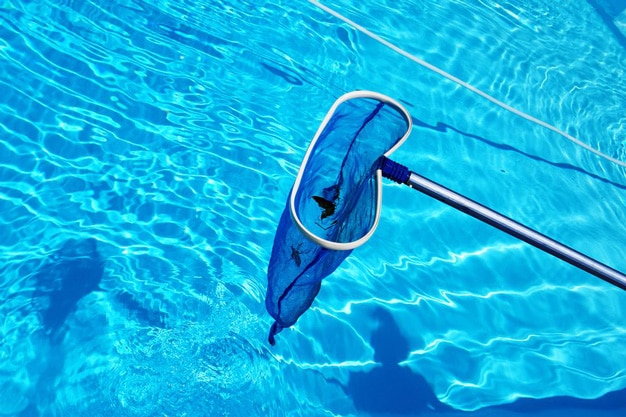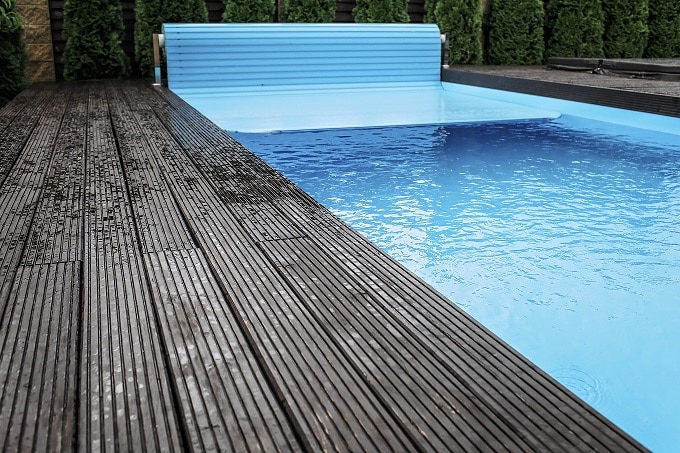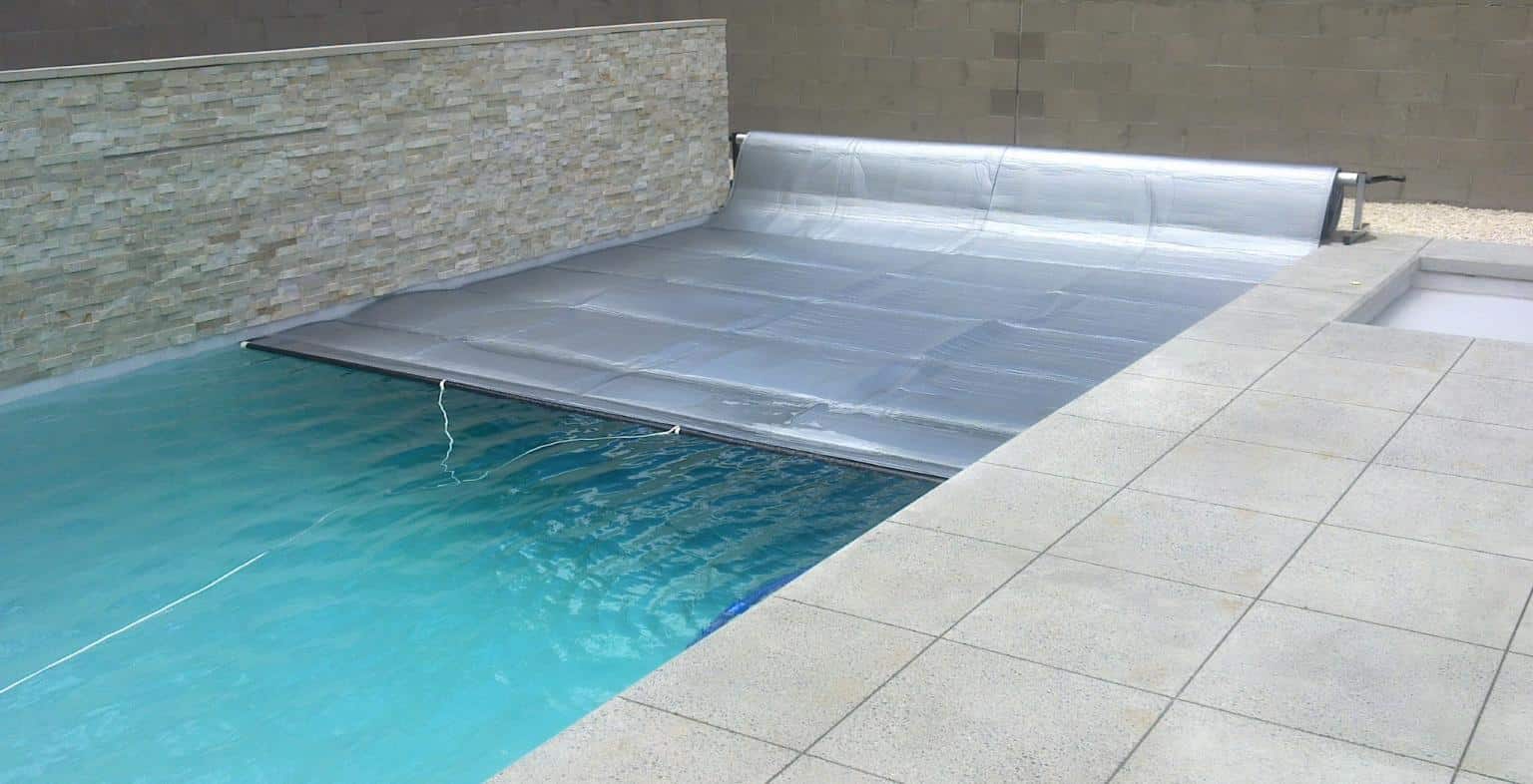When’s the last time you cleaned your swimming pool? We mean really cleaned it. Could it be that your pool needs a good scrubbing right now, and you’ve been putting it off because—let’s be honest—cleaning the pool isn’t nearly as fun as swimming in it?
Look, we all slack off from time to time. We’re human. But here’s the thing: if you’re not cleaning your swimming pool regularly—and the right way—there will come a day, sooner rather than later, that you simply can’t swim in your pool because it’s too dirty. And then what’s left? Running through the sprinkler?
Now you’re probably thinking, why do I have to bother with scrubbing or cleaning my swimming pool when I add chlorine or other sanitizing chemicals to the water? It’s a valid question, and we have an answer.
Think of it this way. When you shower, you use shampoo and soap, which are cleaning agents. But does your tub stay clean indefinitely? Of course not. Shampoo and soap are meant to clean your body, not tile, porcelain, or fibreglass. After a while, you’ll start to see build-up and icky soap scum. And then, because your tub and shower walls stay wet much of the time, it’s possible mould will start to grow in there. If you don’t clean your tub regularly, you’ll be trying to bathe in a swamp after a while. Won’t that be fun?!
It’s the same for your swimming pool. Chlorine, bromine, and other chemicals help keep your water clean and yes, to a degree, they also help keep the walls, floor, and surrounding areas of your pool clean too.
But chemicals won’t keep leaves and bugs out of your water, nor will they keep the walls and floor of your pool clean indefinitely. So, no excuses. In addition to using chlorine or other chemicals to keep your pool clean, regular, thorough swimming pool cleaning is also absolutely necessary.
And if you’re a new swimming pool owner, maybe you’re just not entirely sure what pool cleaning equipment you need. Don’t worry—we’ve got you covered.
The basic tools you’ll need are:
- Net skimmer
- Pool brush
- Pool vacuum
Both Mother Nature and the people using your swimming pool bring all sorts of wild and wacky things into your pool, from leaves, mould, and the odd duck or frog to residues from shampoos, perfumes, and hair products. Add in the risks of bacterial contamination, and cleaning your pool becomes an absolutely essential part of safe swimming.
Skim, brush, and vacuum your swimming pool weekly, at a minimum. This will keep debris out of your water, and your walls sparkling clean. Baking soda paste works particularly well as a basic scouring cleaner that won’t damage delicate tile or a vinyl liner when you brush.
An automatic pool cleaner can significantly cut your swimming pool cleaning time. It won’t eliminate the need for regular skimming and brushing, but it’ll make both tasks easier, freeing you up to spend time enjoying your pool instead of cleaning it.
Swimming pool chemistry might sound intimidating and complicated, but you don’t have to worry. While it is an essential part of effective pool maintenance and water care, basic pool chemistry is surprisingly straightforward.
The most important tool in your bag of water care tricks is your water testing kit. You wouldn’t season your stew without tasting it. So, before you reach for the chemicals, do some swimming pool water testing. Understanding what’s in your water, and what isn’t, is the first step to balancing it.
The three most important parts of swimming pool water chemistry are:
- pH levels: The measure of how acidic or basic your pool water is. Low pH levels are acidic, while high levels are basic. The ideal range for your pool is 7.4 to 7.6.
- Alkalinity: Works as a pH buffer and helps avoid huge spikes in basicity or acidity. The ideal range is 100 to 150 parts per million (ppm). And you can use baking soda to increase your pool’s alkalinity level.
- Sanitiser levels: The amount of chlorine, bromine, etc. in your pool water. Proper levels vary depending on which type of sanitiser you choose.
Once you know your pH, alkalinity, and sanitiser levels, you can start to add chemicals to tweak your water balance. Take your time, follow all the directions, and be sure you know what each chemical does and how it’ll affect the water, and the people who swim in it, before you add it.
Every once in a while, your sanitiser will need a little help, especially after a rainstorm, or if a lot of people have been using the swimming pool. To make sure it stays clean even when the sanitiser is maxed out, add pool shock regularly.
Now that you know what you need to keep your swimming pool clean, you can make sure you have the right tools and chemicals on hand so you are ready to solve just about any potential pool problem that floats your way.
Owning a swimming pool is one of the most rewarding ways to enjoy fun in the sun at home. Yes, it needs regular care, but that doesn’t mean you’ll spend your life shackled to a vacuum or fiddling with your chemistry set.
In fact, when you know how your swimming pool works, understand the care it needs and plan ahead, you might find yourself taking pride in your pool care prowess. You’ll enjoy not just your swim, but the peace of mind that comes with regular and thorough pool maintenance.
Happy Swimming!







